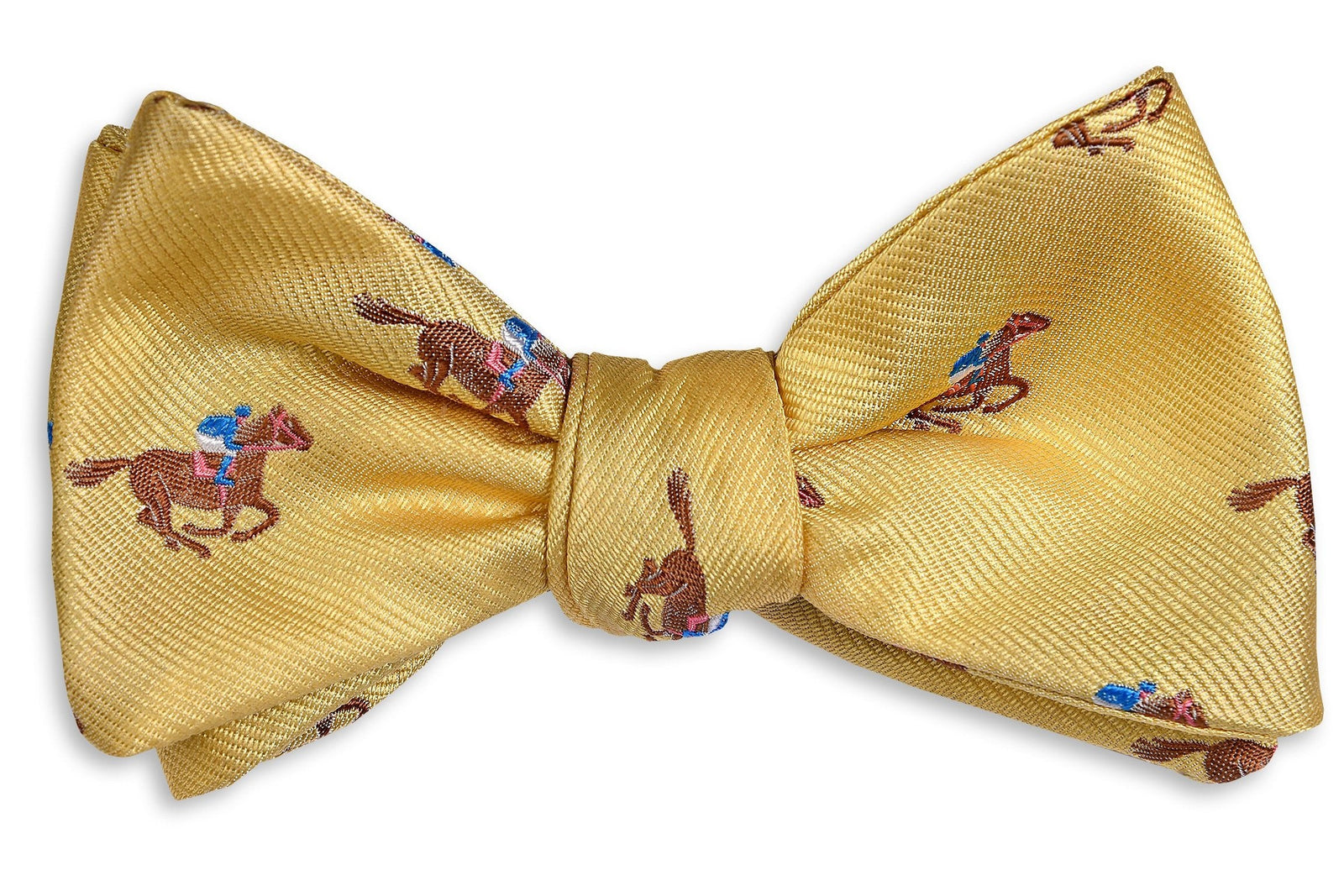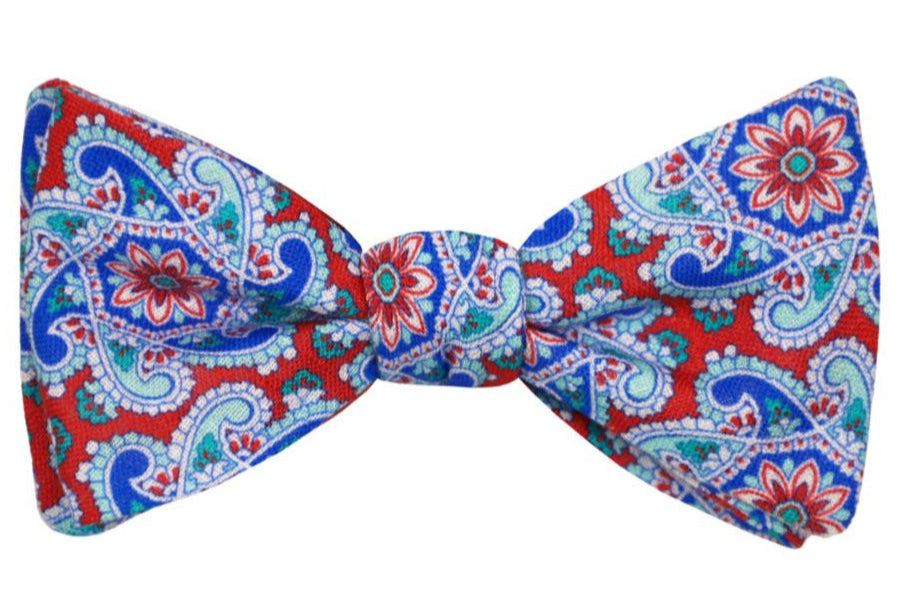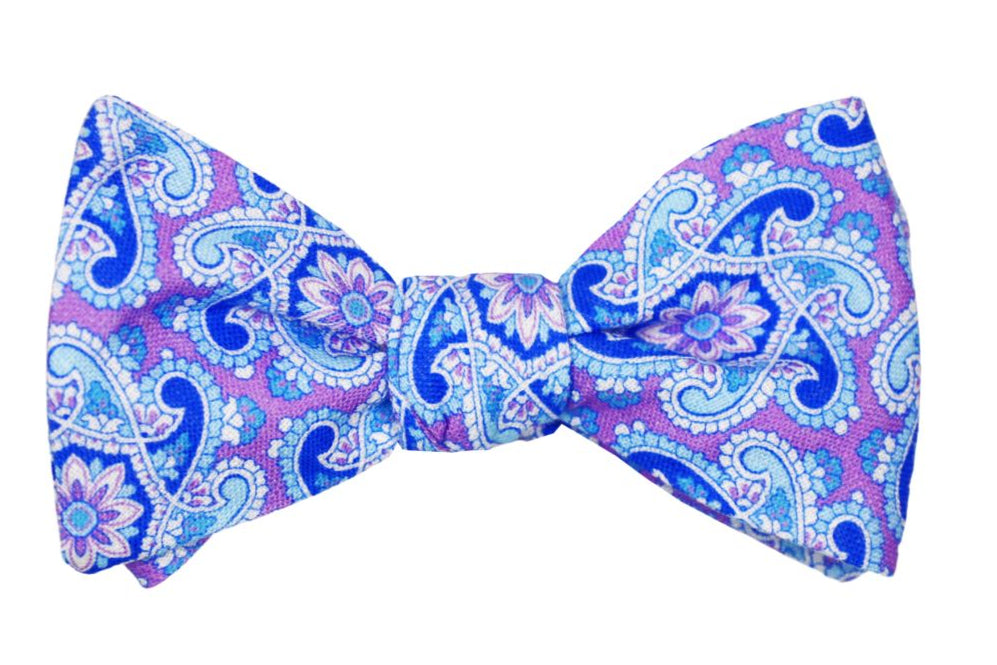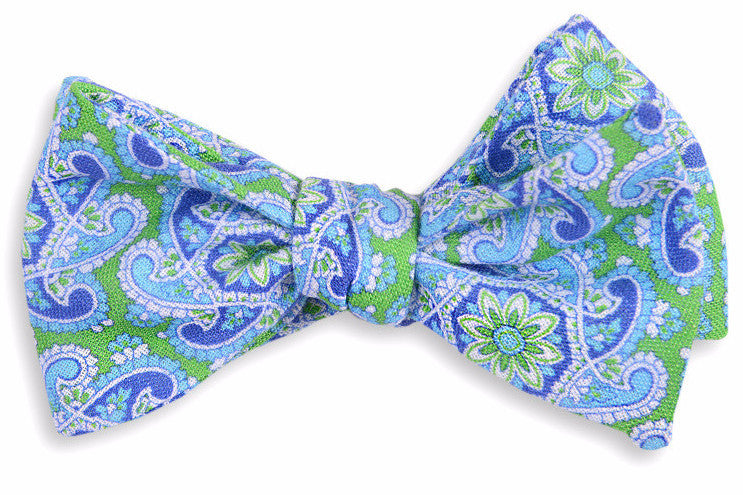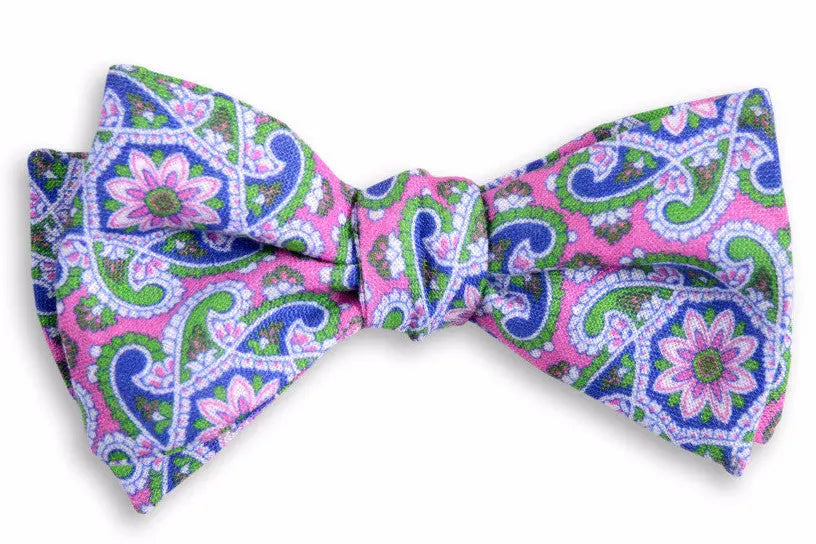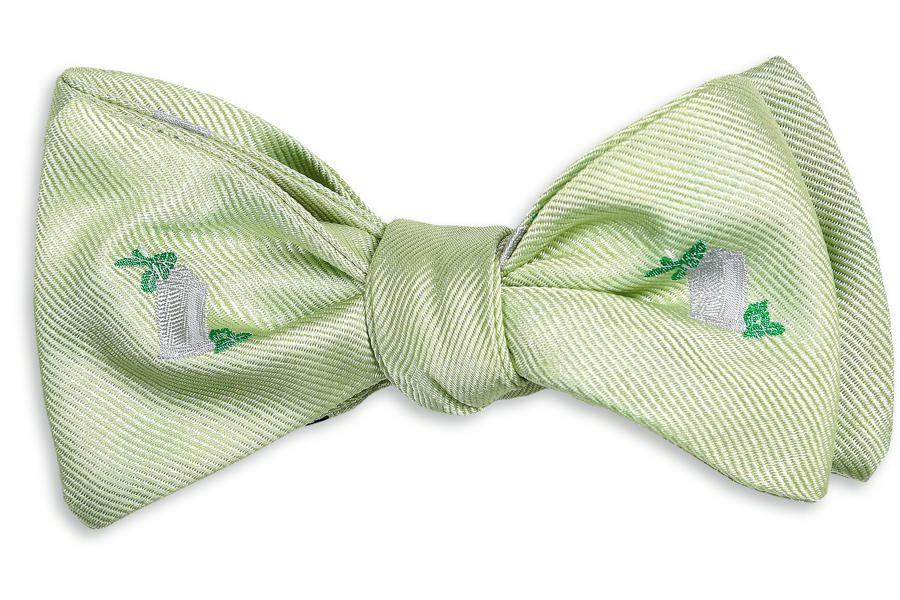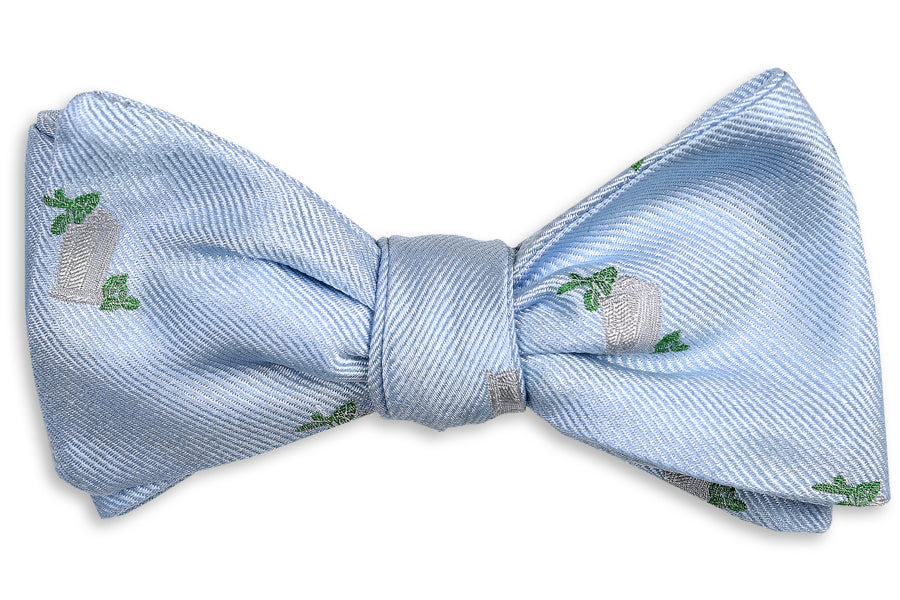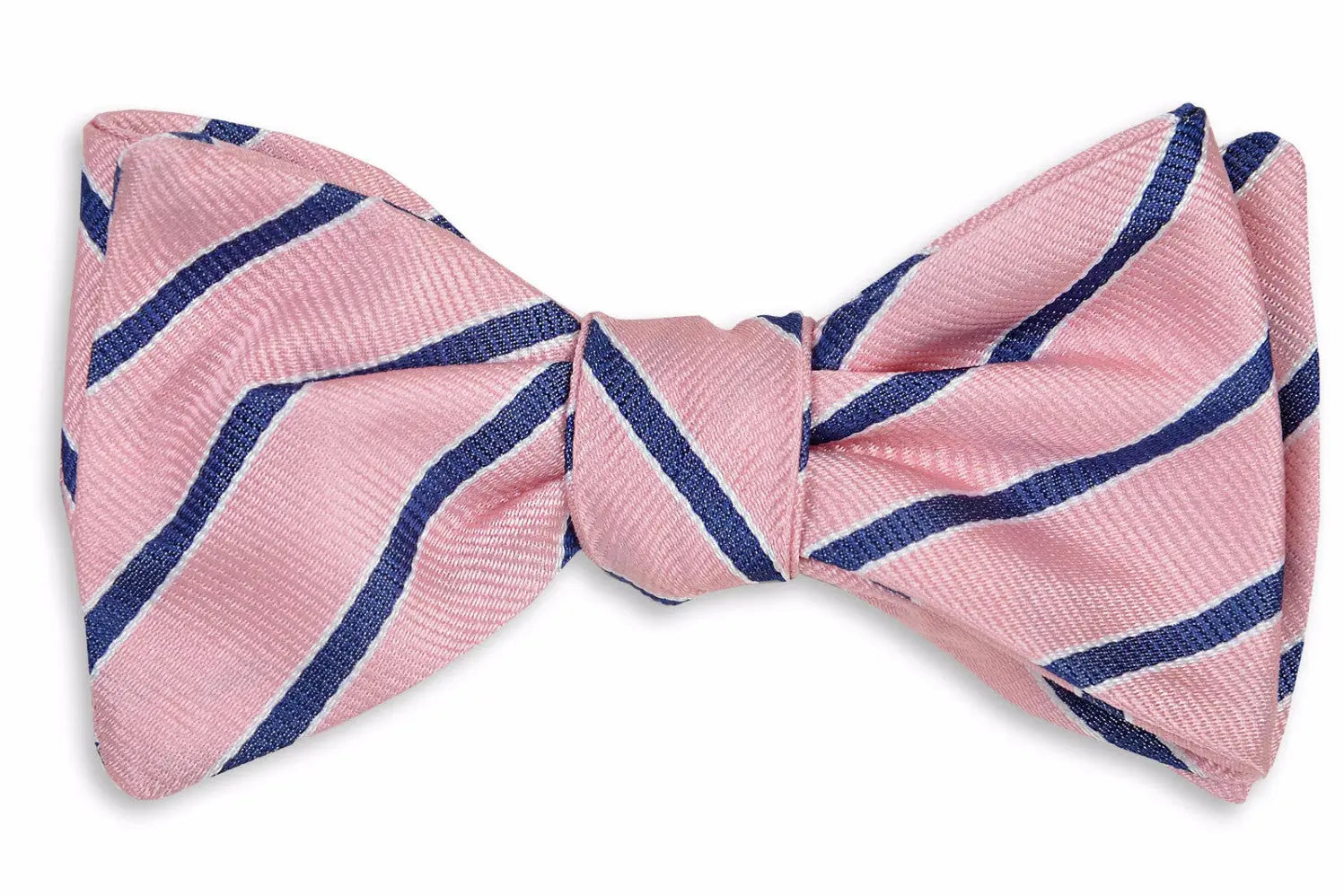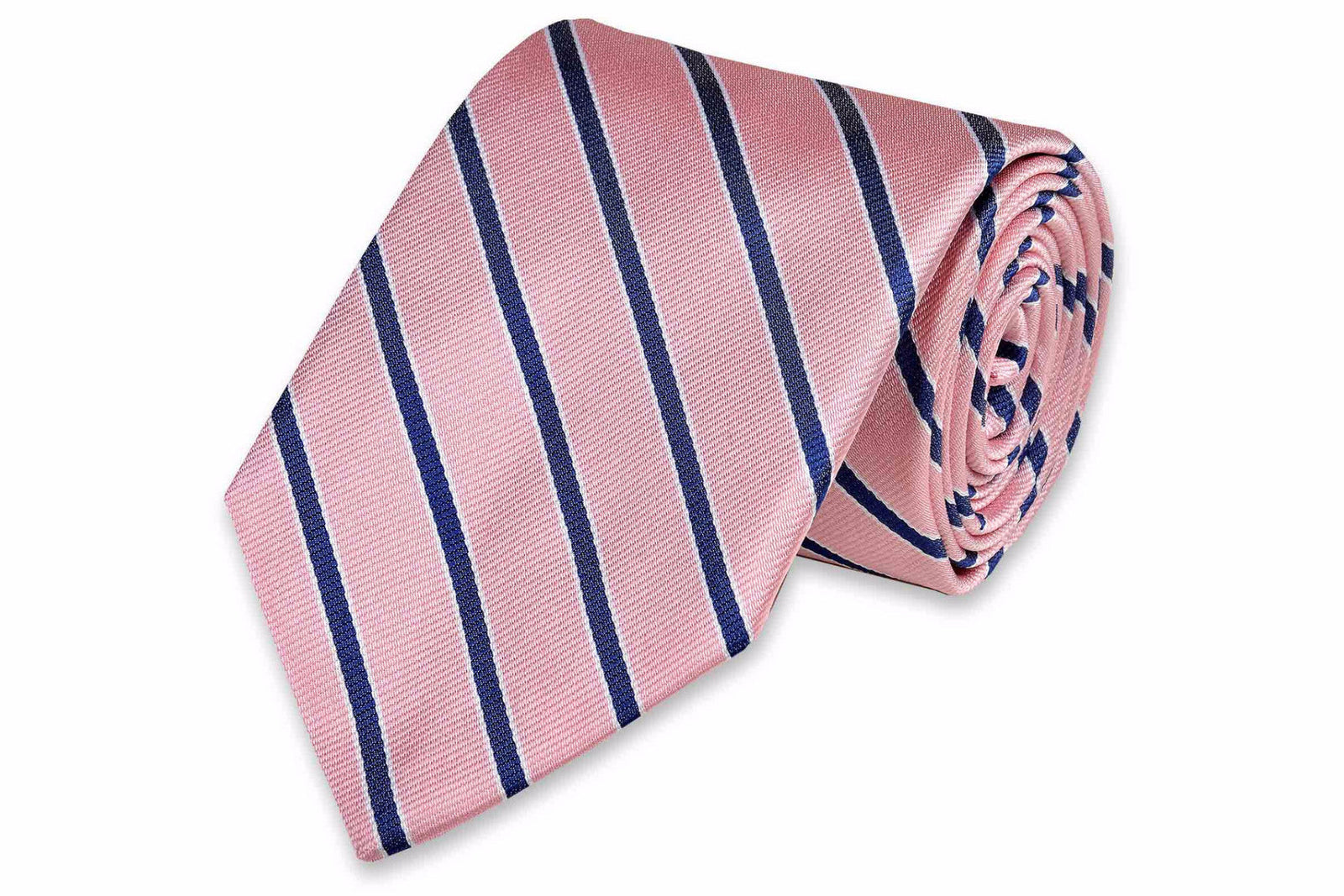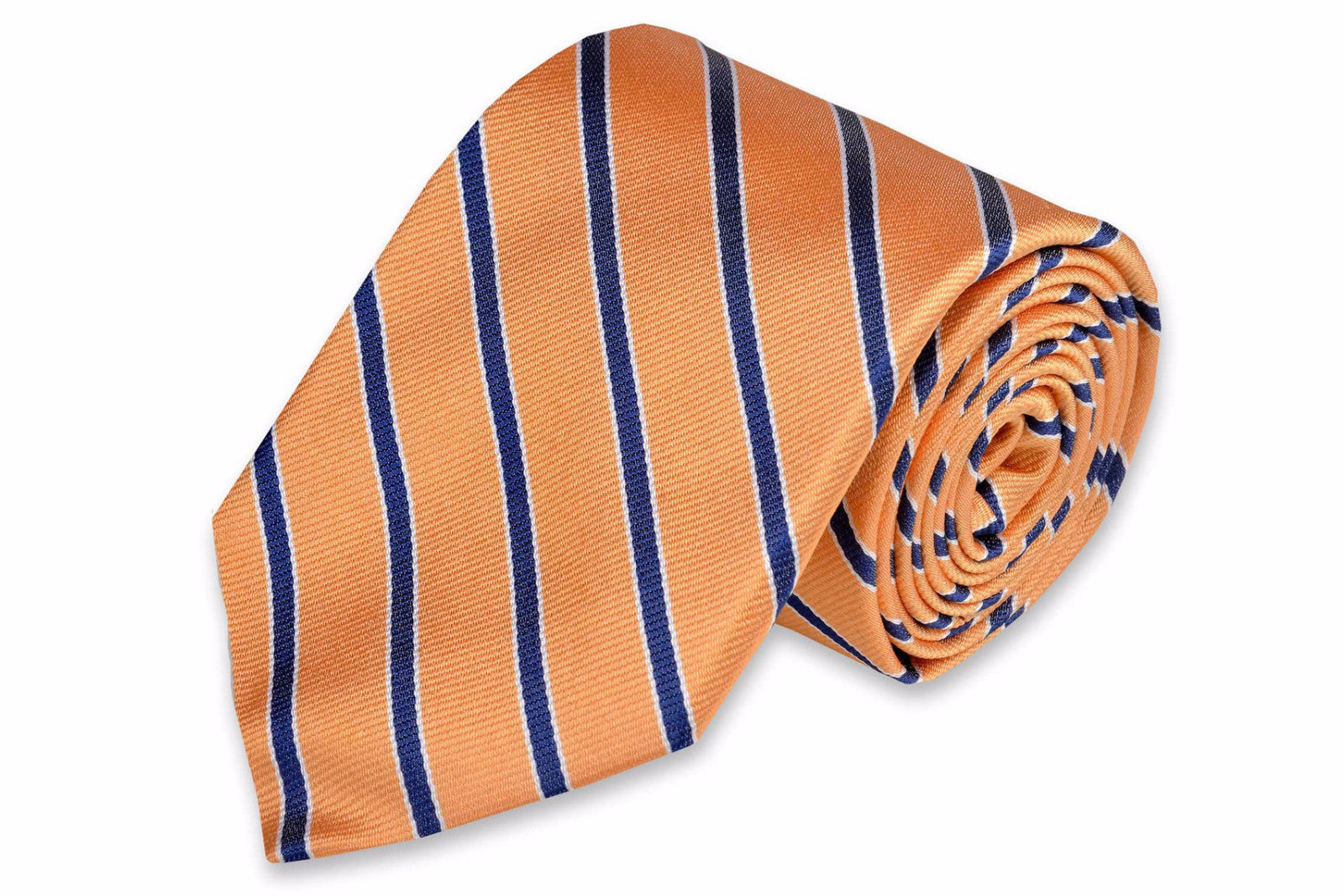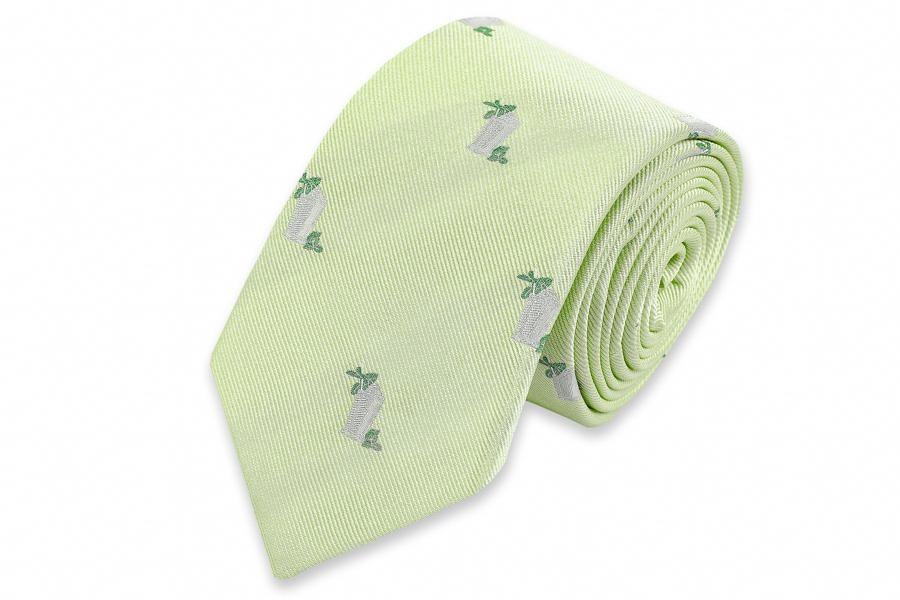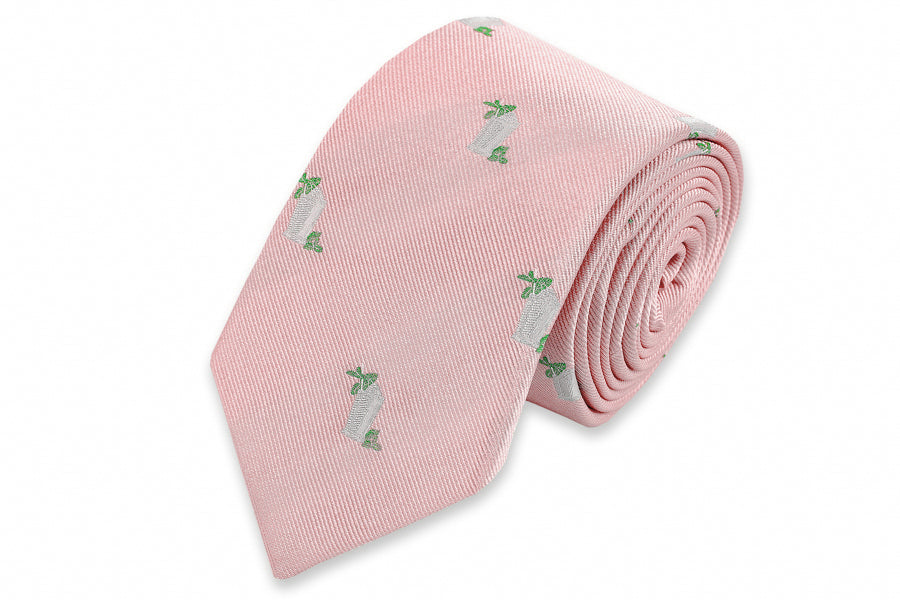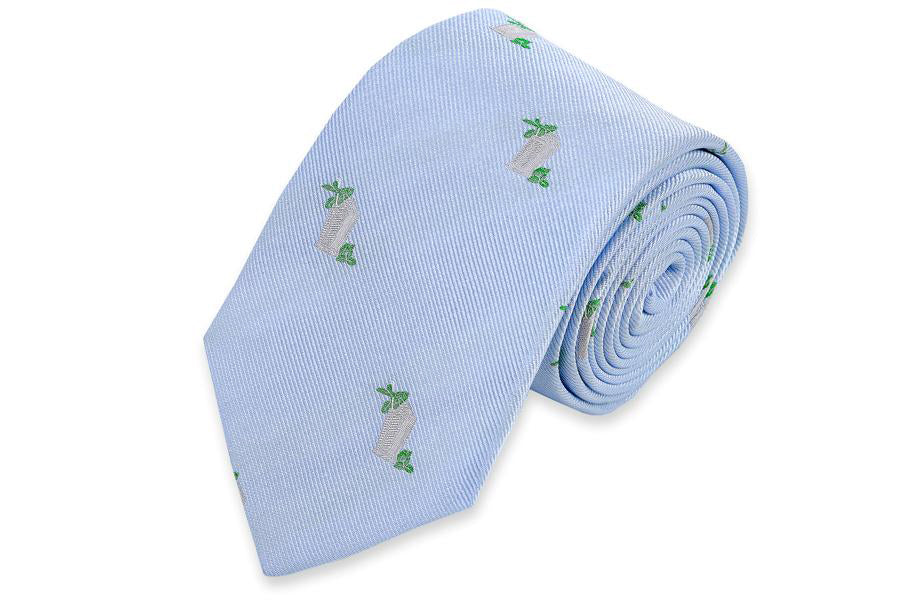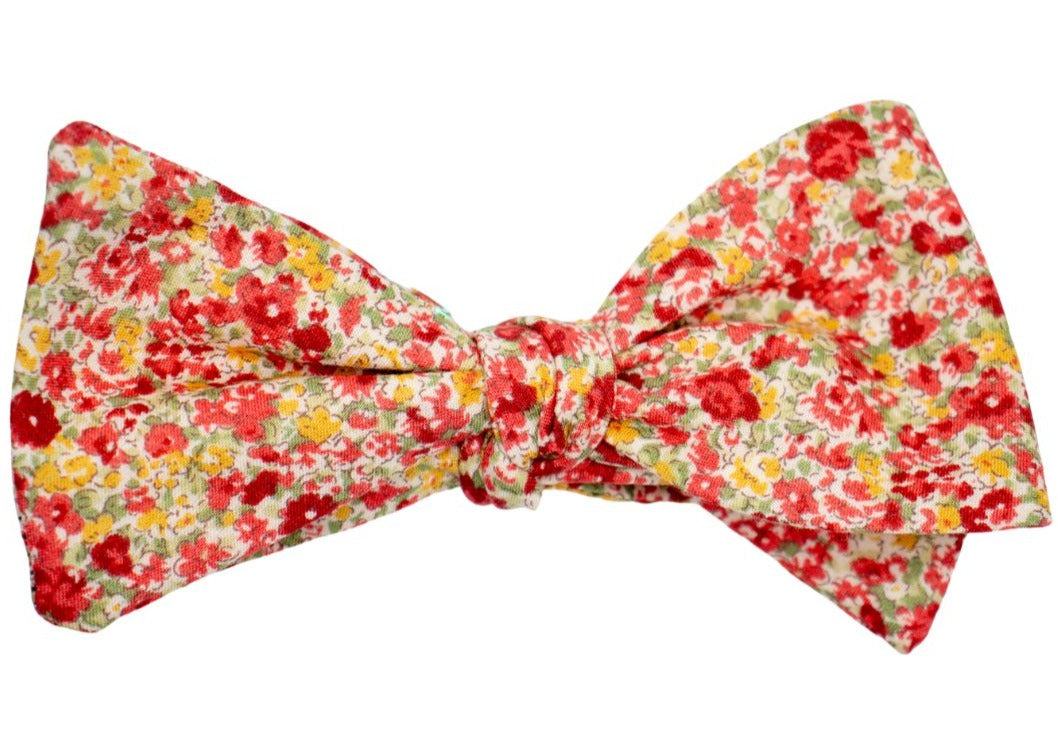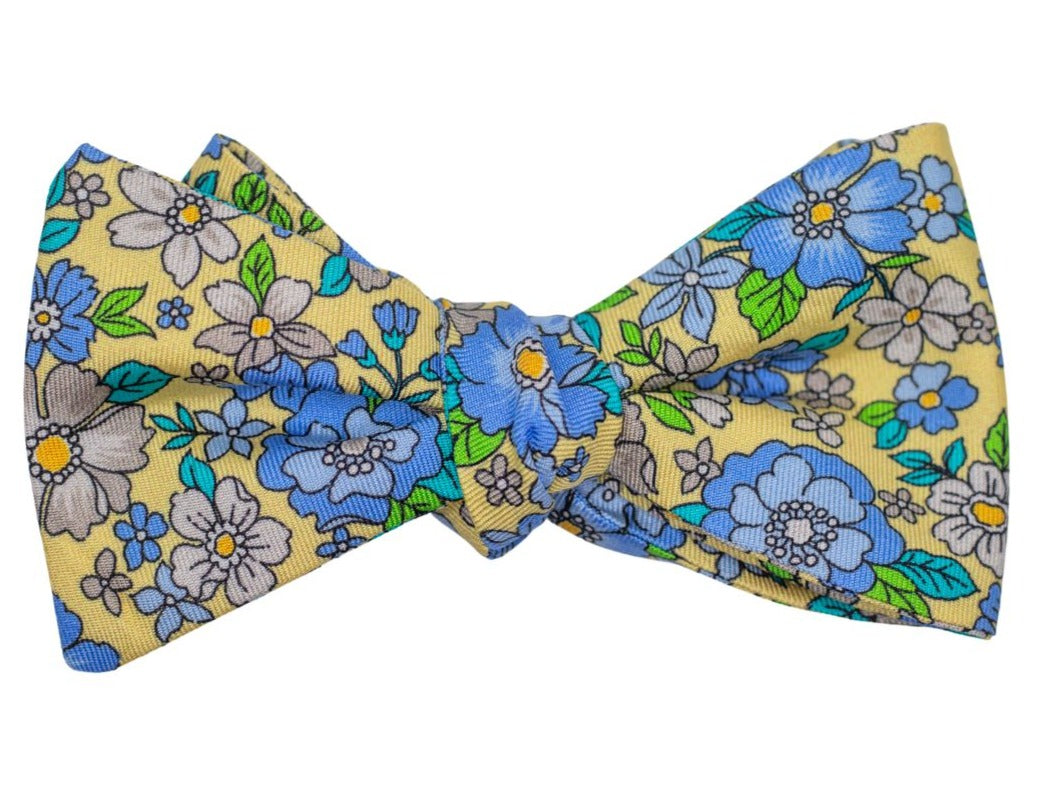In today's world, white tie is somewhat of an anomaly, as black tie has largely supplanted it as the attire of choice for weddings, galas, and soirees. White tie, however, is still seen as a more formal dress code and is often used for formal events associated with royalty or heads of state. It is typically reserved for the most special occasions and is typically seen as a mark of respect and prestige.
The mysteries and marvels of black tie and white tie are the linchpins of a Southern gentleman's formal wardrobe. Let me show you how they add Southern flair to any gathering as I explain their definitions, differences, and when they are appropriate.
So, buckle up – that black or white tie awaits!
What is a White Tie Dress Code?
An opulent dress code, White Tie is a favorite dress code for men who take pride in upholding traditions and displaying elegance to the highest degree, characterized by its grandeur and intricate details. The white-tie dress code will appeal to Southern gentlemen who appreciate time-honored formalities.
Black Tailcoat
So, let’s start with the basics. A black tailcoat is worn to create two long 'tails' at the back of the dress. It is tailored to curve over the hips, ending above the waist. Under the tailcoat is a crisp white stiff-fronted shirt adorned with a wing collar and either single or double cuffs.
White Waistcoat
White bow ties and white vests, traditionally known as waistcoats, are paired with the shirt when properly buttoned up. Hand-tied bow ties add an interesting touch to the ensemble, and perfectly fitted waistcoats complete its stately look. These elements require a precise combination of skill and patience, but I assure you that the outcome is well worth the effort.
Black, High-Waisted Trousers
Despite the fact that the trousers are black and high-waisted, they are held up by suspenders and are adorned with a single satin or braid stripe along each leg as they are on the tailcoat. They look great paired with black patent leather shoes and black dress socks. In a gesture of remembrance of the bygone days of debutante balls and aristocratic feasts, gentlemen may also wear white gloves, although this isn't required.
White tie first popped up in the earlier days of Victorian-era England (around 1840), ironically as a more minimalist counter to the traditional evening dress of the day. Today, the allegiance to White Tie is an homage to this heritage, a recognition of the enduring value of tradition, and the embodiment of classic style.
What is a Black-Tie Dress Code?
Black tie is slightly less formal than white tie but more formal than business attire. It is commonly worn at weddings, proms, formal dinners, and plays.
The Tuxedo
It's no secret that a man's black tie dress code revolves around the sleek tuxedo. Black is a classic choice, but navy blue is becoming increasingly popular.
It mimics your arm contours just so and hits your hips at the right point, regardless of whether you choose a single or double-breasted style. For sophistication, choose satin lapels or grosgrain lapels; both peaked and shawl styles promise the same amount of class.
White Dress Shirt
Under the jacket, a white dress shirt complements the inspired palette. A turn-down collar adds the traditional touch, while a pleated or Marcella bib front gives a more contemporary feel.
An evening waistcoat or cummerbund complements either style perfectly, as they are both excellent for refining the silhouette and elevating the look.
The Black Bow Tie
Hand-tied black bow ties are essential to the black-tie dress code. They must be made of silk, as any other fabric would be unfair to their monarchical elegance. Its sleek and opulent appearance can’t help but put on a sophisticated and striking show. A crisp white pocket square paired with a black-tie dress code is the crowning glory of the ensemble.
Black Oxford Shoes
The final ingredient in creating a clean and polished look is lace-up Oxford shoes in pure black, polished to perfection. For uniformity, ensure your socks match your trousers' color and material.
Black tie dress codes are attractive because they allow individuals to express their individuality in an accepted setting.
Is Black Tie or White Tie More Formal?
White Tie Formality
White tie epitomizes utmost formality and sophistication, symbolizing grand events like diplomatic balls or debutante balls in Atlanta. It leaves no room for personal interpretation, requiring a meticulously tailored black tailcoat, crisp white shirt, perfect waistcoat, hand-tied white bow tie, and shiny patent leather shoes. It's a homage to a bygone era of luxury and refinement.
Black Tie Formality
Black-tie events, traditionally evening affairs, include award ceremonies and charity galas. Despite formality, black tie offers creative options like cummerbunds and different shoe styles, allowing for personal style and accessibility compared to white tie.
As the dress code of diplomats and royals, white ties stand taller in the enduring dialogue of formality. However, this isn't to lessen the elegance of a black-tie ensemble. The difference is as if they were both luxury vehicles, but one has that extra historical prestige that makes it stand out from the rest.
Occasions for White Tie and Black-Tie Dress Code
Black Tie Occasions
Dinner parties or galas, charity events, art openings, or weddings tend to follow this dress code. It's usually the default at evening affairs where full formal dress isn't required, but you still need to look sharp, clean-cut, and undeniably dapper.
Being dressed to the nines also has its way of making an already special occasion feel all the more grand.
White Tie Occasions
A state dinner, debutante ball, a highly formal evening wedding, an opera, or a gala are all occasions in which such attire is appropriate. With its stately elegance, a white tie ensemble sets the tone for the evening, highlighting the fact that this is not just any old affair but rather a special occasion celebrating life's greatest achievements.
An evening like this is a perfect example of the romantic charm formal wear can bring.
You should always refer to the invitation when determining whether an event is a black tie or white tie, as it should state the dress code clearly. If the dress code is very vague, it is always worth checking with the event organizer. You should strive to exude the unmistakable charm of a Southern gentleman, adhering to tradition while adding your flair.
Choosing between white tie or black tie is more than just a matter of style; it reflects the subtle codes governing elegant occasions as well. In contrast to black tie, white tie epitomizes luxury and historical tradition while evoking timeless sophistication and versatility.
Regardless of whether one chooses a black tie for its sleek, modern allure or a white tie for its grandeur, each dress code encapsulates a distinct narrative that weaves together etiquette, style, and cultural significance. In a world of ever-changing formal fashion, one's choice between white tie and black tie becomes a statement of one's approach to classic elegance.
Finding the best deals in men's formalwear and staying abreast of the latest style trends is an art to hone. Join our email newsletter, and you'll gain access to exclusive sales and style tips you'll need to stay sharp and sophisticated at every grand occasion. With all sincerity and Southern charm, I invite you to sign up.







